 appened, but one day my Desert Gold peach tree was bare, and the next it was brimming with life! Of course I had not finished my winter pruning, and now it was totally out of control! The branches were at least 25 feet high and way out of my reach. According to Dave Wilson Nursery, Backyard Orchard Culture, " you should be able to reach for thinning and picking while standing on a low stool." I'll have to do some extra pruning as I thin in the next few weeks. This summer I'll need to prune again even more vigorously to bring the height down to a managable level.
appened, but one day my Desert Gold peach tree was bare, and the next it was brimming with life! Of course I had not finished my winter pruning, and now it was totally out of control! The branches were at least 25 feet high and way out of my reach. According to Dave Wilson Nursery, Backyard Orchard Culture, " you should be able to reach for thinning and picking while standing on a low stool." I'll have to do some extra pruning as I thin in the next few weeks. This summer I'll need to prune again even more vigorously to bring the height down to a managable level.Peaches are fast growing. If you are
 growing a backyard orchard, trees need to be kept to a manageable size, so heavy pruning is required. The peaches emerge on the new growth. If you don't keep the tree small enough to cover, everything on the top is just "bird food". The Desert Gold peach tree is considered to be a very early ripening (mid-may in Arizona), heavy bearing and yellow clingstone tree. The chilling requirements are 250 hours. That's the amount of time needed below 45 degrees to produce fruit. If you live in the Phoenix area, you will need to choose varieties that are well adapted to our desert climate. Here's the list of deciduous fruit trees that we have planted in our little orchard, some are only two or three years old. We'll have to wait and see how they do this year. We have tried to choose varieties that will be harvested at different times to extend the harvest. We buy most of our trees at our long-time, local nursery, Baker Nursery in Phoenix.
growing a backyard orchard, trees need to be kept to a manageable size, so heavy pruning is required. The peaches emerge on the new growth. If you don't keep the tree small enough to cover, everything on the top is just "bird food". The Desert Gold peach tree is considered to be a very early ripening (mid-may in Arizona), heavy bearing and yellow clingstone tree. The chilling requirements are 250 hours. That's the amount of time needed below 45 degrees to produce fruit. If you live in the Phoenix area, you will need to choose varieties that are well adapted to our desert climate. Here's the list of deciduous fruit trees that we have planted in our little orchard, some are only two or three years old. We'll have to wait and see how they do this year. We have tried to choose varieties that will be harvested at different times to extend the harvest. We buy most of our trees at our long-time, local nursery, Baker Nursery in Phoenix.- May Pride - very early-ripening peach for warm winter climates. Delicious, sweet and tangy, semi-freestone when soft-ripe. Very large for such and early peach. 175-200 chill hours.
- Mid Pride - Best yellow freestone for warm winter climates. Known for it's exceptional flavor and dessert quality. Ripens mid season. 250 chill hours.
- August Pride - Large, all-purpose yellow freestone, sweet, aromatic,rich flavor, one of the very best. Ripens 3 to 4 weeks after mid-pride. Chilling hours required, is less than 300 hours.
- Gold Dust - small to medium fruit, streaked with red skin, sweet, yellow flesh. Early harvest. (These peaches are shaped like a little heart, and are very sweet).
- Katy Apricot - Large, all purpose , flavorful freestone. (Our only apricot, it only gives me about 20 pieces of fruit, maybe not enough chill hours for this one).
- Santa Rosa Plum - Juicy, tangy, flavorful. Reddish purple skin, amber flesh tinged red. Late June harvest. (This tree is always loaded).
- Beauty Plum - Sweet, flavorful plum, red over yellow skin, amber flesh.
- Fuji Apple - Sweet, very crisp and flavorful. Ripens in July (Both of our apples are espalier trained and give us baskets of fruit).
- Anna Apple - Heavy crops if yellow, crisp, sweet apples.


Here are some photos of our recently pruned peach trees. We've trimmed about 2/3 of the new growth back. If it were up to me, every yard would have at least one peach tree. They are the most adaptable of all the decid
 uous fruit trees. Almost any yard can accommodate fruit trees if kept small. One of the best examples of high-density planting, (lots of trees in a small area), is a hedgerow. Just down the street, my neighbor David has created his own edible hedge around the perimeter of his front yard. He's planted 65 to 70 fruit trees, from pomegranates to nectarines and apples, and will harvest an amazing array of fresh, sweet fruit just steps from his door. There is nothing as delightful as a juicy, tree-ripened peach from your own tree. If you think you don't have room for a couple of fruit trees in your yard or garden, think again!
uous fruit trees. Almost any yard can accommodate fruit trees if kept small. One of the best examples of high-density planting, (lots of trees in a small area), is a hedgerow. Just down the street, my neighbor David has created his own edible hedge around the perimeter of his front yard. He's planted 65 to 70 fruit trees, from pomegranates to nectarines and apples, and will harvest an amazing array of fresh, sweet fruit just steps from his door. There is nothing as delightful as a juicy, tree-ripened peach from your own tree. If you think you don't have room for a couple of fruit trees in your yard or garden, think again!
 Oh, here's one more bit of added inspiration. These are photos of Potager du roi, which means kitchen garden of the king. It was created in 1678 for King Louis XIV, and is of course located in Versailles, France. The "Jardin" contains 5,000 fruit trees, including row upon row of espaliers and hedgesgrows. There are fifty varieties of pear trees and twenty varieties of apples in the royal fruit garden. The twenty-five acre garden employed 30 gardeners to tend and maintain this work of art. Although the king had unlimited resources, we can at least allow these gardens to motivate and give us insite as to what might be possible in our
Oh, here's one more bit of added inspiration. These are photos of Potager du roi, which means kitchen garden of the king. It was created in 1678 for King Louis XIV, and is of course located in Versailles, France. The "Jardin" contains 5,000 fruit trees, including row upon row of espaliers and hedgesgrows. There are fifty varieties of pear trees and twenty varieties of apples in the royal fruit garden. The twenty-five acre garden employed 30 gardeners to tend and maintain this work of art. Although the king had unlimited resources, we can at least allow these gardens to motivate and give us insite as to what might be possible in our  own garden's and communities.
own garden's and communities.Have a great Spring!























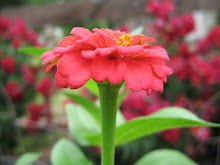
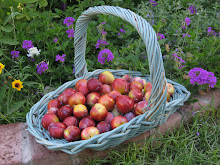
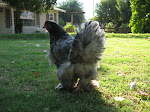
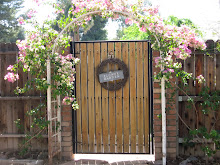


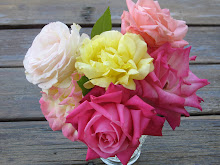

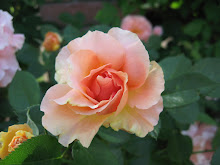

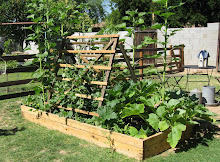


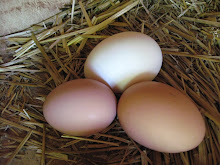
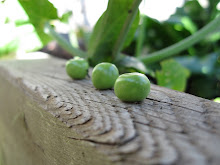
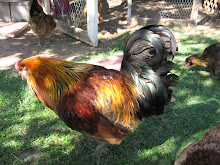
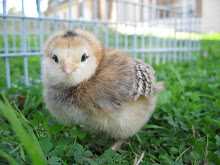
.jpg)







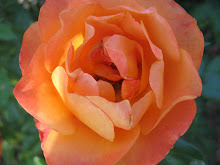
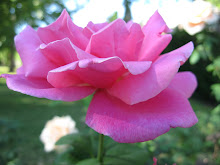
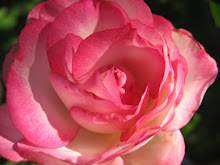
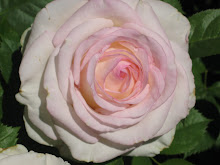
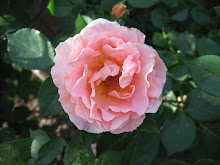
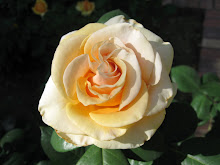
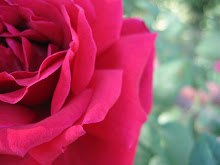
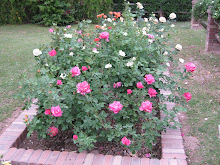
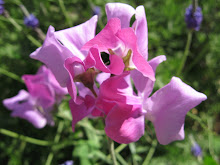
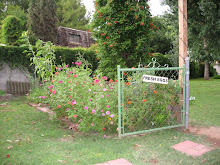

1 comment:
thanks for the information! I can't wait to get started on mine some day!
Post a Comment